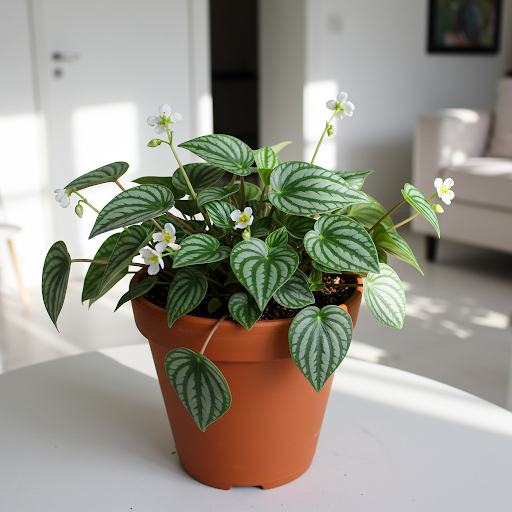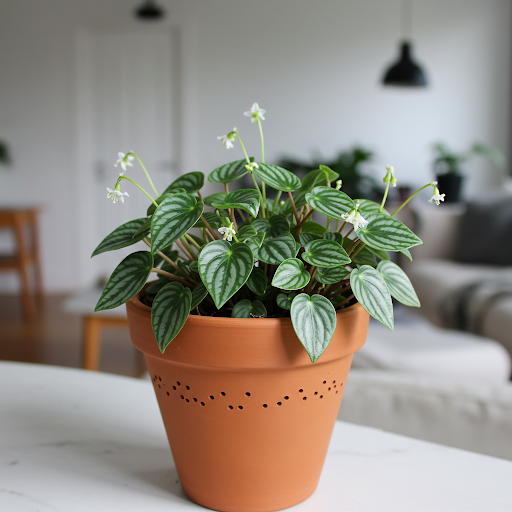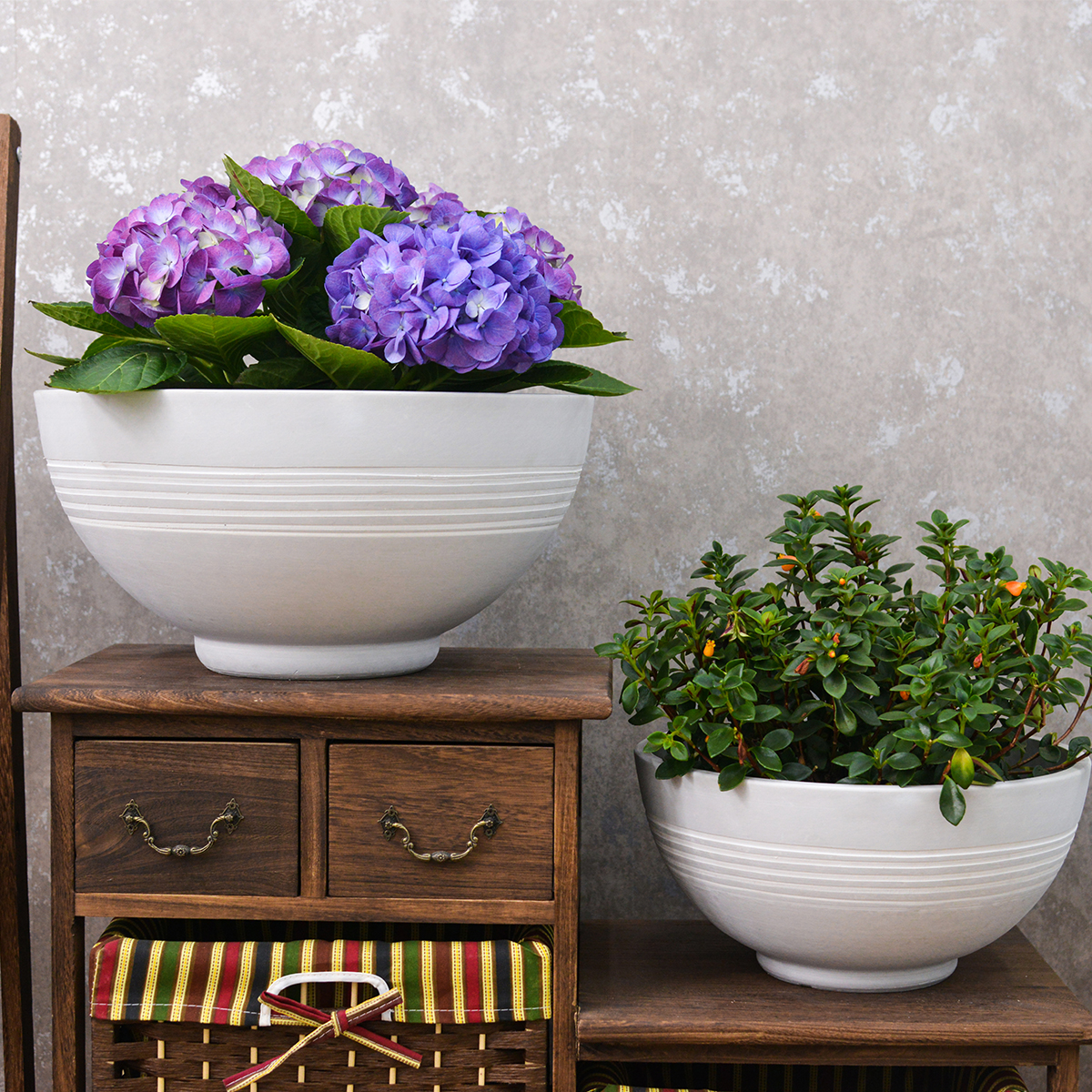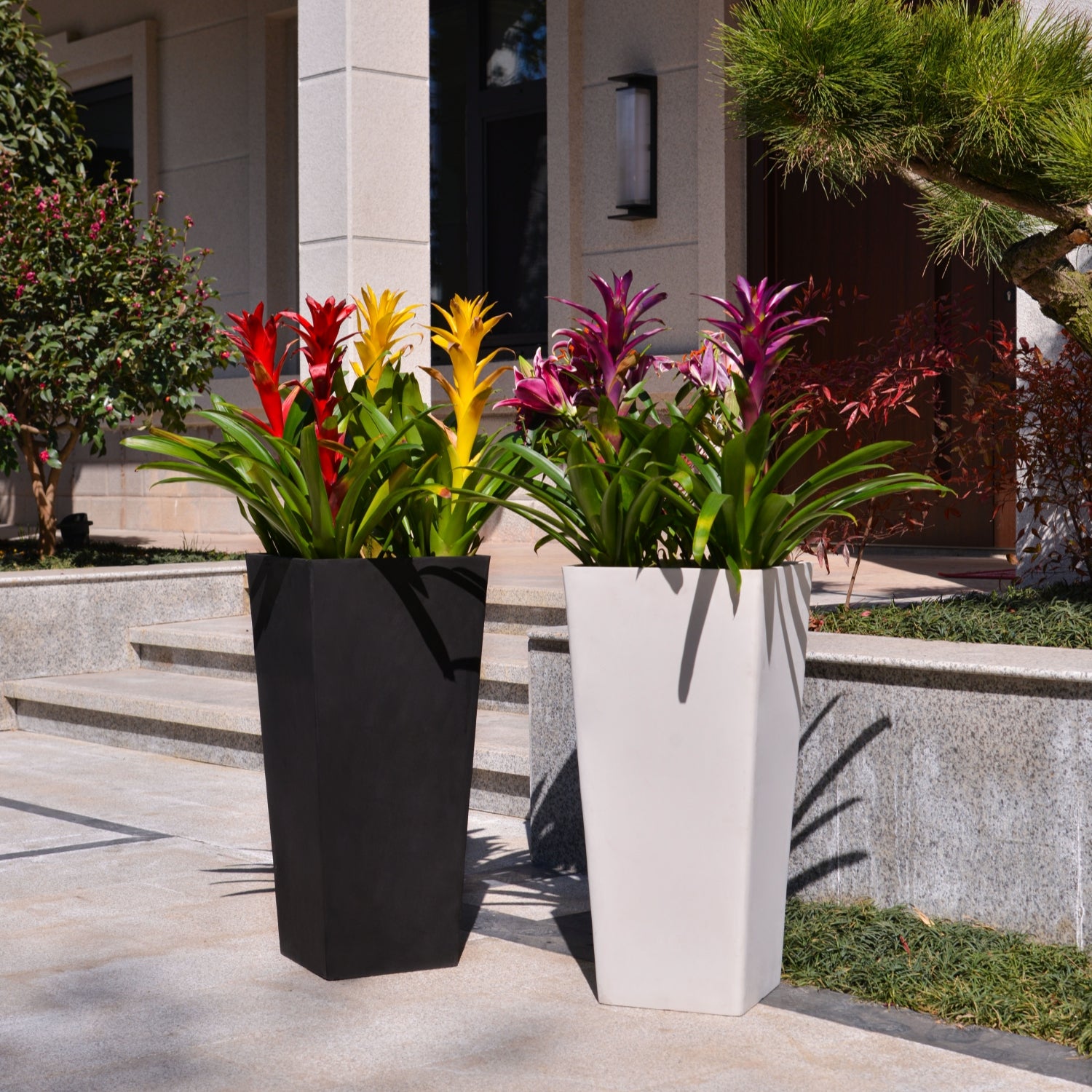Watermelon Peperomia Indoors: The Complete Guide to Growing Peperomia Argyreia at Home
Looking to add visually striking, patterned foliage and easy-care charm to your indoor plant collection? Watermelon Peperomia, scientifically known as Peperomia argyreia, is a delightful and popular houseplant prized for its unique, rounded leaves with silver stripes that strikingly resemble watermelon rinds. These stylish and incredibly low-maintenance plants, native to South America, are perfect for adding a touch of modern whimsy and effortless greenery to your indoor spaces. This comprehensive guide will provide you with everything you need to know to grow Peperomia argyreia indoors, from selecting the right plant and pot to mastering essential care techniques for a thriving and beautifully patterned Watermelon Peperomia in your home.

Watermelon Peperomia
What is Watermelon Peperomia (Peperomia argyreia)?
Peperomia argyreia, commonly known as Watermelon Peperomia, is a popular species of Peperomia celebrated for its highly ornamental foliage. Peperomia argyreia is known for its round, shield-shaped leaves that are fleshy and succulent-like, featuring prominent silver or white stripes alternating with dark green bands, creating a pattern that strongly resembles the rind of a watermelon. The undersides of the leaves are often reddish. It is a relatively small, compact plant, making it ideal for desktops, shelves, and smaller spaces. Watermelon Peperomias are known for their attractive foliage, ease of care, and air-purifying qualities, making them a beloved and beginner-friendly houseplant.
Can Watermelon Peperomias (Peperomia argyreia) Thrive Indoors?
Yes, Watermelon Peperomias (Peperomia argyreia) thrive exceptionally well indoors and are perfectly suited for indoor conditions. Their preference for bright, indirect light, moderate humidity, and well-draining soil aligns well with typical home and office environments. With proper care, they will reward you with their distinctive and eye-catching foliage year-round, adding a touch of natural artistry to your home.
Ideal Indoor Growing Conditions for Watermelon Peperomias (Peperomia argyreia):
- Varieties of Watermelon Peperomia (Peperomia argyreia): While Peperomia argyreia is the primary species, there aren’t many distinct cultivars. The main variations are usually related to the intensity and width of the silver stripes on the leaves. Look for plants with vibrant, well-defined stripes and healthy, firm leaves when selecting your Watermelon Peperomia.
- Light: Watermelon Peperomias thrive in bright, indirect light. They need bright light to maintain their vibrant leaf patterns and colors. East-facing windows are often ideal, providing gentle morning sun. West or south-facing windows can work if the light is filtered through sheer curtains or if the plant is placed slightly away from the window to avoid intense afternoon sun. Insufficient light can cause the silver stripes to become less pronounced and the plant to become leggy. Avoid direct, intense sunlight, which can scorch the leaves.
- Soil: Watermelon Peperomias need very well-draining soil that retains some moisture. Use a potting mix formulated for succulents or cacti, or a general-purpose potting mix amended with perlite, vermiculite, and orchid bark to improve drainage, aeration, and moisture retention. The soil should be slightly acidic to neutral.
- Watering: Watermelon Peperomias prefer moderate watering during the growing season (spring and summer) and reduced watering in fall and winter. Water when the top inch of soil is dry. Water thoroughly until water drains out of the drainage holes. Allow the soil to dry out slightly between waterings, but do not let it dry out completely for extended periods, especially during active growth. Watermelon Peperomias are somewhat succulent and can tolerate slight drought, but consistent moisture is best during the growing season. Avoid overwatering and soggy soil, which can lead to root rot, a common issue with Peperomia. Reduce watering significantly in fall and winter when growth slows down. Watering frequency will vary depending on light levels, temperature, humidity, and pot size. Check soil moisture regularly. Use room temperature water.
- Temperature: Average room temperatures between 65°F to 75°F (18°C to 24°C) are ideal. Watermelon Peperomias are comfortable in typical household temperatures. Avoid exposing them to temperatures below 50°F (10°C) or sudden temperature fluctuations and cold drafts. They prefer moderate warmth and consistent temperatures.
- Humidity: Watermelon Peperomias prefer moderate humidity, around 40-60%. They are relatively adaptable to average household humidity levels. While they appreciate slightly higher humidity, they are not as demanding as some other tropical houseplants. Dry air is generally not a major issue for Watermelon Peperomias. You can increase humidity if desired by:
- Pebble Trays: Place pots on trays filled with pebbles and water (water level below the pot base).
- Grouping Plants: Grouping Watermelon Peperomias with other plants can create a slightly more humid microclimate.
- Humidifiers are generally not necessary for Watermelon Peperomias in most indoor environments.
Planting Your Watermelon Peperomia (Peperomia argyreia) Indoors:
- Starting from Cuttings or Potted Plants: The easiest way to start growing Watermelon Peperomias indoors is to purchase established potted plants from nurseries, garden centers, or online retailers specializing in houseplants. They are also easily propagated from leaf or stem cuttings.
- Propagation from Leaf Cuttings: Take a healthy leaf with a bit of petiole (leaf stem) attached. Place the petiole end in water or directly into moist potting mix. Rooting typically occurs relatively easily within a few weeks.
- Propagation from Stem Cuttings: Take stem cuttings (several inches long) with a few leaves. Remove lower leaves and place the cutting in water or directly into moist potting mix. Rooting also occurs readily from stem cuttings.
- Planting Time: Watermelon Peperomias can be planted or repotted at any time of year indoors, but spring or early summer, at the start of the growing season, is generally recommended for optimal establishment and growth.
Choosing the Right Pots for Indoor Watermelon Peperomias (Peperomia argyreia):
- Suitable Pot Types: Select pots with good drainage and aeration. Terracotta pots, ceramic pots, or plastic pots are all suitable. Terracotta pots are often favored as they are porous and help the soil dry out slightly, which Peperomia appreciate and helps prevent overwatering.
- Drainage: Drainage is essential for Watermelon Peperomias to prevent root rot. Ensure your chosen pot has drainage holes at the bottom. You can also add a layer of gravel or pot shards at the base of the pot to improve drainage slightly.
- Pot Size: Choose a pot that is appropriately sized for the current size of the plant and allows for some growth. Watermelon Peperomias have relatively small root systems and prefer to be slightly root-bound. Select pots that are not excessively large. For smaller plants, start with pots that are 4-6 inches in diameter. Mature Watermelon Peperomias may need pots 6-8 inches or slightly larger in diameter. Avoid overpotting.
- Potting Mix: Use a well-draining potting mix as described earlier.
Essential Care Tips for a Thriving Indoor Watermelon Peperomia (Peperomia argyreia):
- Watering Schedule: “Water Moderately, Allow Topsoil to Dry”. Water when the top inch of soil is dry. Allow the topsoil to slightly dry out between waterings, especially in fall and winter. Avoid overwatering and soggy soil.
- Light Management: Bright Indirect Light for Best Color. Provide bright, indirect light to maintain vibrant leaf patterns. Avoid direct sun.
- Fertilizing: Light Feeding During Growing Season. Watermelon Peperomias are light feeders and benefit from light fertilization during the growing season (spring and summer) to support their foliage growth. Fertilize every 4-6 weeks during the growing season with a diluted balanced liquid fertilizer (half strength) or a fertilizer specifically formulated for succulents or foliage plants. Follow package instructions carefully and avoid over-fertilizing. Reduce or stop fertilizing during the fall and winter dormant period.
- Pruning (Minimal): Minimal pruning is typically needed. You can trim back any leggy stems or remove any dead or damaged leaves to maintain a tidy appearance. Pinching back stem tips can encourage bushier growth.
- Repotting Schedule: Repot Watermelon Peperomias every 1-2 years, or when they become root-bound or the potting mix is depleted. Repot in spring or early summer. They are relatively slow-growing and do not need frequent repotting.
- Pest and Disease Control: Monitor Watermelon Peperomias for pests like mealybugs, spider mites, and fungus gnats. Peperomia can be susceptible to root rot if overwatered. Ensure proper drainage, allow soil to slightly dry between waterings, and avoid overwatering to prevent root rot and fungal issues. Treat any pest infestations promptly with insecticidal soap or neem oil.
Popular Watermelon Peperomia Forms (within Peperomia argyreia):
- Peperomia argyreia (Standard Watermelon Peperomia) – The classic form with silver and green stripes.
- Variations in stripe width and intensity are the main variations available.

Watermelon Peperomia
In Summary:
Growing Watermelon Peperomia (Peperomia argyreia) indoors is an effortless way to bring striking, patterned foliage and low-maintenance charm to your home. Their unique watermelon-like leaves and easy-care nature make them delightful and long-lasting houseplants, perfect for adding visual interest to any room. By providing bright, indirect light, well-draining succulent or cactus mix in terracotta pots, watering moderately and allowing the topsoil to dry between waterings, and providing light fertilization during the growing season, you can easily cultivate thriving and beautifully patterned Watermelon Peperomias indoors and enjoy their stylish presence year after year.
For more detailed botanical information and to explore the diversity of the Peperomia genus, you can visit the Wikipedia page on Peperomia.
Important Note: Peperomia species, including Peperomia argyreia, are considered non-toxic to humans and pets, making them a safe choice for households with children and animals.
KC3-14A
By greenship|2024-08-16T06:26:30+00:00August 16, 2024|Categories: Hand-carving Series|
KC3-09k
By greenship|2024-08-16T06:24:36+00:00August 16, 2024|Categories: Hand-carving Series|
Modern Plant Pots丨Planter for Indoor Plants,8 inch or 10 inch Plant Pots with Drainage Hole,Decorative Flower Pots
By greenship-seo|2025-04-10T08:32:55+00:00January 7, 2025|Categories: Hand-carving Series|Tags: Decorative Flower Pots, Self-Watering Pots|
KC2-21G
By greenship|2024-08-13T06:19:08+00:00August 13, 2024|Categories: Hand-carving Series|
GreenShip 27inch Tall Planters for Porch, Large Outdoor Planter Pots with Drainage Hole
By greenship-seo|2025-04-10T06:27:21+00:00April 7, 2025|Categories: Hand-carving Series|Tags: Decorative Flower Pots|
20VD
By greenship|2024-08-13T06:43:41+00:00August 13, 2024|Categories: Hand-carving Series|






